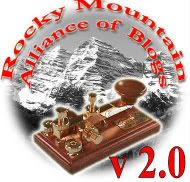Native Americans Not Environmental Stewards As Believed
From the WaPo:
Indians Depleted Wildlife, Too
Like the Europeans who came later, the first Americans apparently had a propensity for killing and eating any animal they could lay their hands on without giving a lot of thought to the future, judging by the bones they left behind at one notable site.
"The general public probably buys into the 'Pocahontas version' that Native Americans were inherently different and more in tune with nature," said University of Utah archaeologist Jack Broughton. "The evidence says otherwise."
After studying thousands of animal bones found in a garbage heap on the shores of San Francisco Bay, Broughton concluded that Native Americans living in an area where Emeryville is now located hunted several species to local extinction from 600 B.C. to A.D. 1300.
The lowest strata from the Emeryville Shell Mound showed many bones from large geese and cormorants, but the number and size of the birds dwindled over time: "About 1,500 years ago, there's a big crash in cormorants, and by the end of the sequence, all you get is the odd adult that wanders into the area," Broughton said.
Broughton, writing in Ornithological Monographs, said his most recent study of bird consumption showed the same pattern as his earlier studies of mammals and fish.
He said the lowest strata had the largest number of big animals, but number and size both decreased over time: "Longevity decreased due to harvest pressure."
Broughton acknowledged that European settlers speak of a "land of plenty," but they were latecomers, he said. Wildlife probably had rebounded after European diseases thinned the Native American population starting in the 1500s.




0 Comments:
Post a Comment
Subscribe to Post Comments [Atom]
<< Home